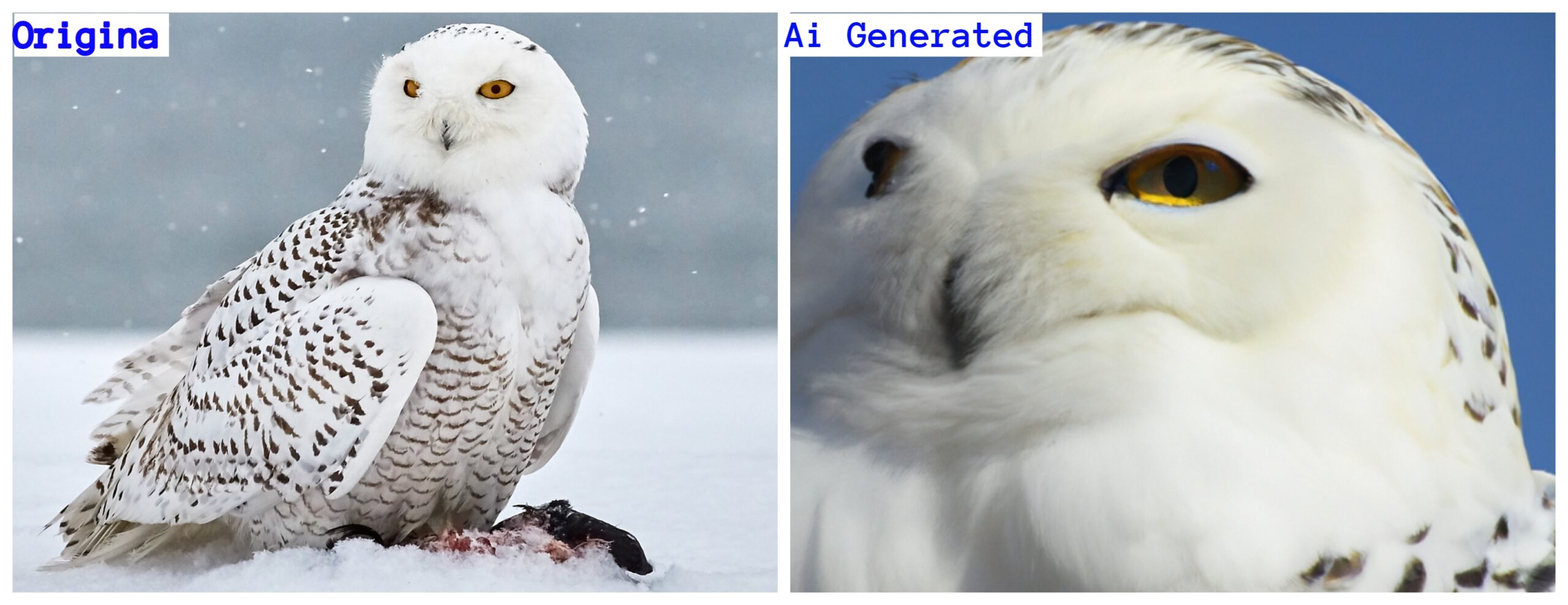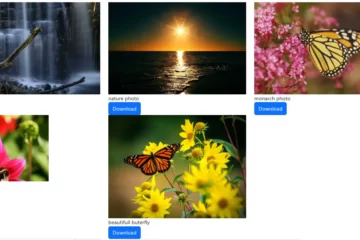How To Create OpenAI API Key
You need an API key to make successful API calls. Sign up for the OpenAI API and create a new API key by clicking on the dropdown menu on your profile and selecting View API keys:
Always keep this key secret! Copy this key so you can later use it in your project. You’ll only see the key value once.
Create Variations of an Image With DALL·E 2
You can use the OpenAI API key to create variations of existing images in a Python application by making a request to the OpenAI API with your API key. Here’s an example of how you can use the requests library to make the request:
import requests
api_key = "your_api_key_here"
image_url = "https://example.com/existing_image.jpg"
headers = {
"Authorization": f"Bearer {api_key}"
}
data = {
"model": "image-alpha-001",
"prompt": "Create a variation of this image", #or pass url of the image
"num_images": 1,
"size": "1024x1024",
"response_format": "url"
}
response = requests.post("https://api.openai.com/v1/images/generations", headers=headers, json=data)
if response.status_code == 200:
generated_image_url = response.json()["data"][0]["url"]
# Use the generated image URL to download the image or display it in your application
# ...
else:
print("Failed to generate image")
Note: The URL with your generated image is only valid for 1 hour, so make sure to save the image to your computer if you like it and want to keep it around.
In this example, the headers dictionary contains the API key in the “Authorization” header, and the data dictionary contains the parameters for the image generation request. The requests.post function is used to make the request to the OpenAI API, and the response is checked for a status code of 200 (OK) to indicate a successful request. The generated image URL is then extracted from the response and can be used to download or display the image in your Python application.

OpenAI API provides access to several state-of-the-art machine learning models that have been pre-trained on large amounts of data. Some of the most notable models available through the OpenAI API include:
- GPT-3 (Generative Pretrained Transformer-3): A large language model that has been trained on a massive amount of text data and can generate text, summarize text, translate text, and perform other language-related tasks.
- DALL-E: A model that can generate images from natural language descriptions, such as “a three-story pink house with white windows and a red roof.”
- CLIP (Contrastive Language-Image Pretraining): A model that can perform multi-modal reasoning, such as answering questions about images, understanding relationships between text and images, and more.
- AdaNet: An adaptive neural network architecture search framework that can automatically find the best neural network architecture for a given task.
- GPT-2 (Generative Pretrained Transformer-2): A language model that was trained on a large amount of web pages and can generate text, summarize text, translate text, and perform other language-related tasks.
- Completion API: A context-aware text completion model that can predict the next word or phrase based on the context of a given prompt.
- Text Generation API: A text generation model that can generate coherent and coherent text based on a given prompt.
These models can be accessed through the OpenAI API using an API key, which can be obtained by creating an OpenAI account. The API provides various endpoints for different tasks, such as text generation, image generation, and more, so you can choose the model that best fits your needs.


